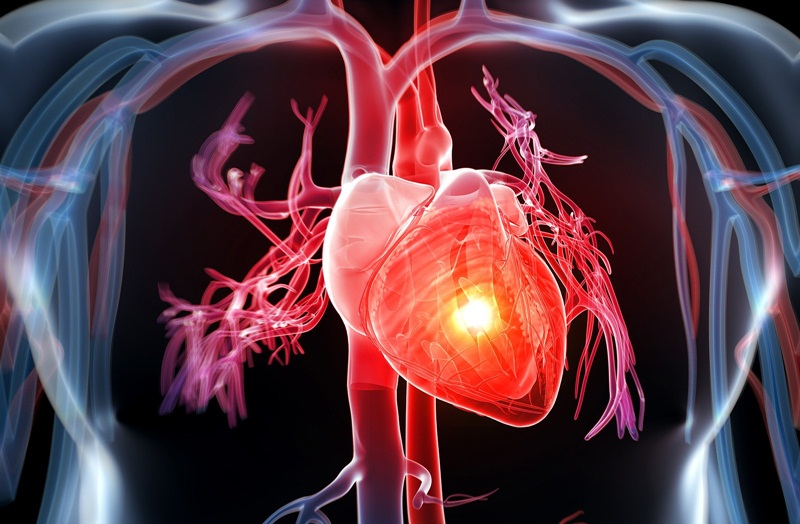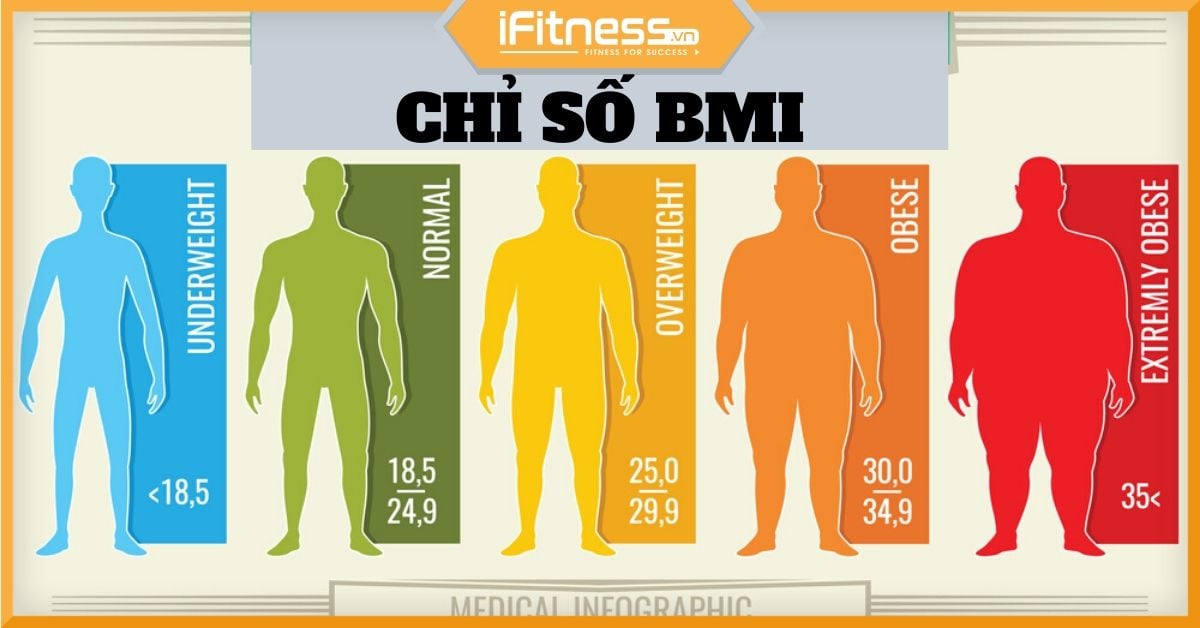
Visceral Fat
Visceral Fat
Visceral Fat – The Hidden Enemy of Health
If you notice a little belly fat, it does not necessarily mean you are accumulating visceral fat. Belly fat can be subcutaneous fat, similar to fat in your arms and legs, which is more noticeable. However, visceral fat – the fat located deep inside the abdominal cavity, surrounding vital organs – is a serious health concern. Mori Clinic will help you explore visceral fat and its impact on health.
What is Visceral Fat?
Fat is an essential energy source for the body, participating in many important functions such as building cell membranes, maintaining body temperature, and boosting the immune system. However, not all types of fat are beneficial, especially visceral fat. Visceral fat is located near key organs such as the liver, stomach, and intestines, and can even accumulate within arteries, increasing the risk of severe health conditions.
Visceral fat is also called “active fat” because it continuously produces harmful chemicals and hormones, leading to inflammation and damage to tissues and organs in the body. Therefore, even in people with a slim appearance, a high visceral fat percentage can still pose significant health risks.

Causes of Visceral Fat Accumulation
Visceral fat accumulates due to excessive calorie intake and lack of physical activity. Some factors like genetics and aging also contribute to belly fat accumulation. In women, menopause and muscle mass reduction increase the risk of visceral fat accumulation, especially in the abdominal area. In men, alcohol consumption and genetic factors can also lead to increased visceral fat.
How Dangerous is Visceral Fat?
Visceral fat is deeply stored in the abdominal cavity, surrounding vital organs such as the liver, stomach, intestines, and heart. Unlike subcutaneous fat, which can be seen and felt, visceral fat is not easily detected with the naked eye. This makes it a dangerous enemy, as it can exist without obvious symptoms until it has already caused severe health damage.
Here are some major risks associated with visceral fat:
Cardiovascular Disease
Visceral fat is closely linked to an increased risk of cardiovascular disease. The primary reason is that visceral fat does not just accumulate around organs; it also acts as an endocrine gland, producing inflammatory substances like cytokines and other proteins. These substances cause chronic inflammation, damage blood vessels, and lead to atherosclerosis – a condition where fat plaques attach to artery walls, narrowing them and restricting blood flow. As a result, individuals with high visceral fat levels are more prone to high blood pressure, heart attacks, and strokes.

Type 2 Diabetes
Visceral fat plays a key role in the development of type 2 diabetes. This fat reduces insulin sensitivity – the hormone responsible for controlling blood sugar levels. When insulin sensitivity decreases, the body has to produce more insulin to maintain stable blood sugar levels. Over time, the pancreas becomes unable to produce enough insulin to meet the body’s needs, leading to insulin resistance and ultimately type 2 diabetes. Studies show that individuals with high visceral fat levels are 3-4 times more likely to develop type 2 diabetes than those with lower levels.
Dyslipidemia (Abnormal Blood Lipids)
Visceral fat can alter blood lipid composition, leading to dyslipidemia, which includes elevated LDL (bad cholesterol) and reduced HDL (good cholesterol). This increases the risk of atherosclerosis, cardiovascular diseases, and strokes. Visceral fat also contributes to increased blood triglyceride levels – another type of fat linked to heart disease.
Metabolic Syndrome
Metabolic syndrome is a cluster of risk factors, including high blood pressure, high blood sugar, abnormal cholesterol levels, and a large waist circumference. Visceral fat plays a central role in the development of this syndrome. People with metabolic syndrome are at high risk of heart disease, type 2 diabetes, and related complications. Additionally, visceral fat contributes to chronic inflammation, increasing the likelihood of other chronic conditions such as non-alcoholic fatty liver disease (NAFLD).
Alzheimer’s Disease and Cognitive Disorders
Recent studies have found a link between visceral fat and cognitive decline, particularly Alzheimer’s disease. Visceral fat produces inflammatory cytokines that can cross the blood-brain barrier, damaging brain tissue and increasing the risk of neurodegenerative diseases. People with high visceral fat levels are more likely to experience memory problems, learning difficulties, and impaired decision-making skills.
Cancer
Visceral fat not only raises the risk of chronic diseases but is also linked to several cancers, including breast cancer, colorectal cancer, and pancreatic cancer. The reason is that visceral fat produces hormones and growth factors such as estrogen and insulin, which promote cancer cell growth. Additionally, chronic inflammation caused by visceral fat contributes to the formation and progression of cancer.
Chronic Inflammation
Inflammation is the body’s natural response to protect against harmful agents, but when inflammation becomes chronic, it turns into a health risk. Visceral fat continuously produces inflammatory substances, keeping the body in a constant state of chronic inflammation, leading to the deterioration of organ function and the immune system. Chronic inflammation is a major risk factor for many chronic diseases, including cardiovascular disease, diabetes, and cancer.
How to Measure Visceral Fat?
Waist Circumference
A simple method to estimate visceral fat levels is measuring waist circumference. In women, a waist size of 35 inches or more indicates high visceral fat levels, while in men, the threshold is 40 inches. For Asian populations, these thresholds are lower: 31.5 inches for women and 35.5 inches for men.
Body Mass Index (BMI)
A BMI of 30 or higher suggests excessive body fat, including visceral fat. In some individuals, a BMI above 23 may already indicate a concerning level.
Body Shape
People with an apple-shaped body – carrying more weight in the torso and having slimmer legs – tend to have more visceral fat than those with a pear-shaped body, where fat is concentrated around the hips and thighs. Upper body fat accumulation is strongly associated with severe health issues.

Imaging Tests
CT scans or MRI scans are the only accurate methods for measuring visceral fat levels.
How to Reduce Visceral Fat
Increase Physical Activity
Regular exercise helps reduce both visceral and subcutaneous fat. You don’t need intense workouts—light activities like walking, stair climbing, or cycling are enough to maintain a balanced physique and good health. Aim for 30 minutes of aerobic exercise daily, combined with strength training to build muscle.

Smart Diet Choices
Research shows that calcium and vitamin D play essential roles in reducing visceral fat. Eat more green vegetables like spinach, sardines, and dairy products. Avoid trans fats, fructose, and processed foods. Instead, opt for fresh foods, whole grains, lean protein from chicken, fish, eggs, beans, and low-fat dairy.
Other Healthy Habits
- Get enough sleep: Lack of sleep can increase cortisol levels, a hormone linked to visceral fat accumulation.
- Reduce stress: Stress raises cortisol levels, stimulating visceral fat storage. Practice meditation, yoga, or relaxation techniques to stay mentally balanced.
- Stay hydrated: Drinking enough water boosts metabolism and helps reduce visceral fat.

Conclusion
Visceral fat is a hidden health risk, but it can be managed by maintaining a healthy lifestyle. Mori Clinic encourages you to start today with small changes in diet and exercise habits to protect your health.
Try Kanpo 201 to experience the benefits of traditional Japanese medicine in weight loss and safe, effective visceral fat reduction!
